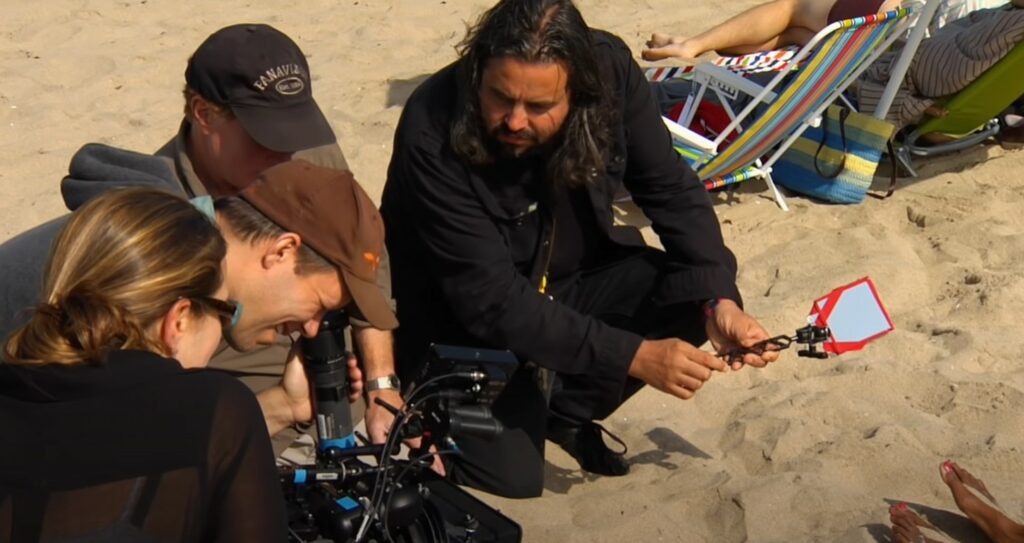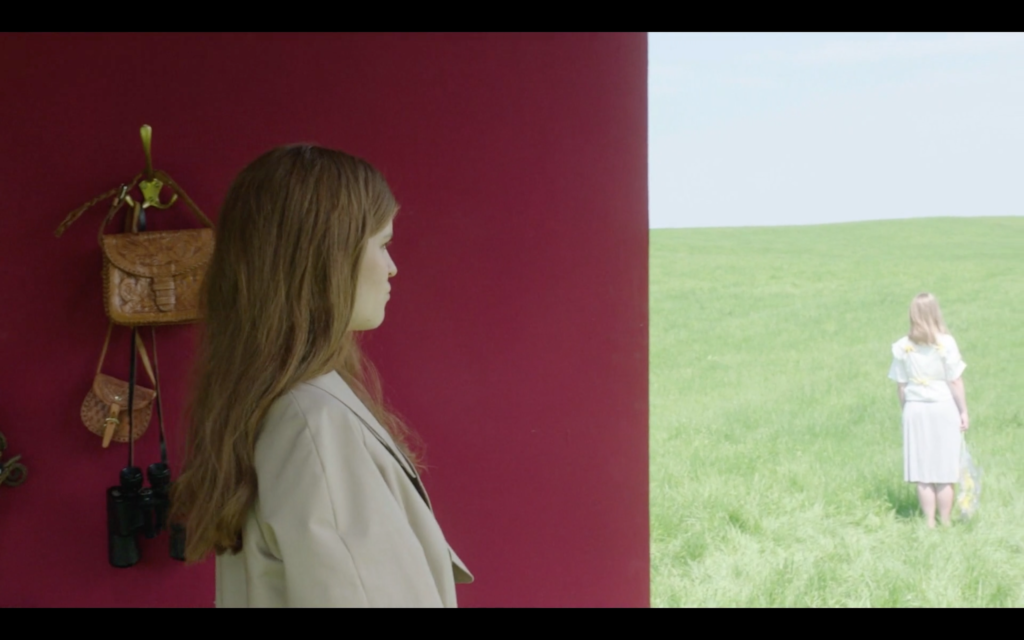Just like in the last weeks, an audience watched an environmental documentary and answered a couple of questions after they finished watching.
The audience is upwards from 20 years, from different countries in Europe, with different backgrounds and genders. The same audience will watch all four films which I introduced in the second entry.
Below are the results of the third weeks film.
The results shall help documentary filmmakers reach their audience better and get greater results in spreading their message.
How did the audience perceive Cowspiracy?
After the participators watched the film they filled out a questionnaire. I did go through the answered questionnaires and summarized the answers, the results are shown below.
All the viewers were interested in the topic, most of them had informed themselves about the topic at some time before.
What they liked about the film:
- The topic itself, the issue portrayed
- The independent research
- The brutal honestly this film has, it’s much better compared to most other films
- The fact that Kip Andersen was always very persistent in his questions. He did not let himself be dissuaded from his intention and was able to uncover some important things.
- There were a lot of facts in the film. How these facts were prepared was sometimes a bit too much or confusing
What they did not like about the film:
- The traget group seems to be people who are already vegans and focus on a sustainable lifestyle
- A lot of scenes were not filmed well, they were often really overexposed
- It was represented as if everything is bad
Did they think it was one sided?
- the interviewer seemed biased
- The story seemed bent to one side
- To little counterargument
- Was represented well
- They did not try to get the other side, they wanted to bring across their side
- It was represented well, but more for the American region
- More than one side was shown, but nothing positive about farming
Did they build a connection to anybody in the film?
- To Howard who had been sued for telling the truth on Oprah
- No, found the presenter obnoxious
- To the topic itself
- In general to the activists for example Dorothy Stang
Are they planning to research the topic more after having watched this film?
- Already researched enough
- Only if it comes up
- No, the film already told informed about everything important
- Yes
What questions or thoughts came up?
- moved the viewer towards anger
- film has highlighted the struggle of an ever increasing population
- That we live in a huge consumer society without a second thought
- The facts in the film are all very much related to America, it would be interesting to see how that applies to the European region.
What was memorable?
- Howard and the scene of a so called organic dairy farm where you could clearly see the cows udder bleeding
- Deforestation
- The interview with the executive committee of Green Peace
- When Kip Andersen realizes that it is really dangerous to research and make a film about this topic. There are a lot people, which already gave or risked their lives. It is scary, that people, which want to change something for the good, are threatened or even killed.
- The pictures from mass captivity, such pictures should not stand as a symbol for farming, not everything is bad
What message did they take from the film?
- That nothing can ever be fair as long as one side has all the money in the world and the other side only the truth
- The possibility of drastic environmental improvements and reduction of a major source of greenhouse gas can be possible by removing meat from our diets. However good the argument is, there is no possibility that a dramatic change in diet across the globe could occur. Let alone the damage to culture, cuisine and economies based on this.
- Don’t trust any environment organizations
- everybody should eat less meat
- Farming is bad, cows are bad for the environment
Nobody of the viewers is vegan themselves.
If you are not living a vegan lifestyle, did this information shock you, are you planning to change your food and consumption habits?
- It did not shock me concerning the animal treatment. I already am very conscious of my food and where it comes from.
- I’m conscious of the source and quality of the food which I consume. I’m also a great believer of animal welfare for the meat products I consume. I don’t feel having watched this program I will immediately go vegan.
- The information shocked me. I’m eating already not much meat and only meat from local organic farmers.
- Already vegetarian, and cut out animal products mostly because of this film
- Yes, it shocked me. I am already very conscious about my meat consumption. I don’t buy meat in the grocery store. When I buy meat, only at a local butcher or from a local farmer. But the scene in the film, where the duck’s head is chopped off, and when Kip Andersen said, that if he can’t do this, no one else should do it for him – that also made me think about that. I already thinking about being vegetarian for a while now but being vegan would be much better. I think I’ll try that.
- I know that not everybody treats the animals bad, I am only eating meat from regional farmers and organic
The next entry will be about the results of the last film and the conclusion.






















